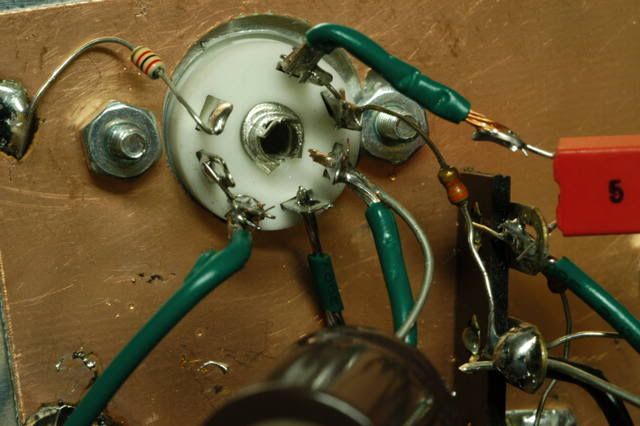Even with my D100, manual focus not easy. My manual focus cameras all had split prisms. All you had to do is line up an edge in the prism and that was the plane of focus. Manual focus on ground glass is a lot harder, especially as my eye sight has deteriorated.
My manual lenses also had great distance and focus scales which made it very easy to do hyperfocal distance.
I could go on and on about what I miss from my old featureless, manual focus, 35mm cameras. I spent 30 years working with them. After 4 years, I still am not used to auto focus. If I could get a digital camera that worked like my old OM-1 or F3, I'd love it.
One thing about using a tripod, even with with an PS camera, is that it slows you down and encourages you to think more. There's a strong temptation with auto focus and digital to just snap a picture, preview it, and if it's not right, just snap another one.
One thing the classes I took taught was to really pay attention to the settings on each shot. We were required to take copious notes on each shot. During critiques, the notes would be referred to and we would be forced to defend our choices of shutter speed, aperture, focus, camera position, etc. I got the the point where I had a portable recorder recording an ongoing monologue of what I was doing while taking a photograph. For keepers, I'd transcribe the tape. I still have notebooks full of information on each picture that I took 20 years ago.
I'm not as serious now, mainly because I'm married and I was driving my wife crazy. Also I did mostly nature and landscapes and allergies have really cut down the time I spend outside.





